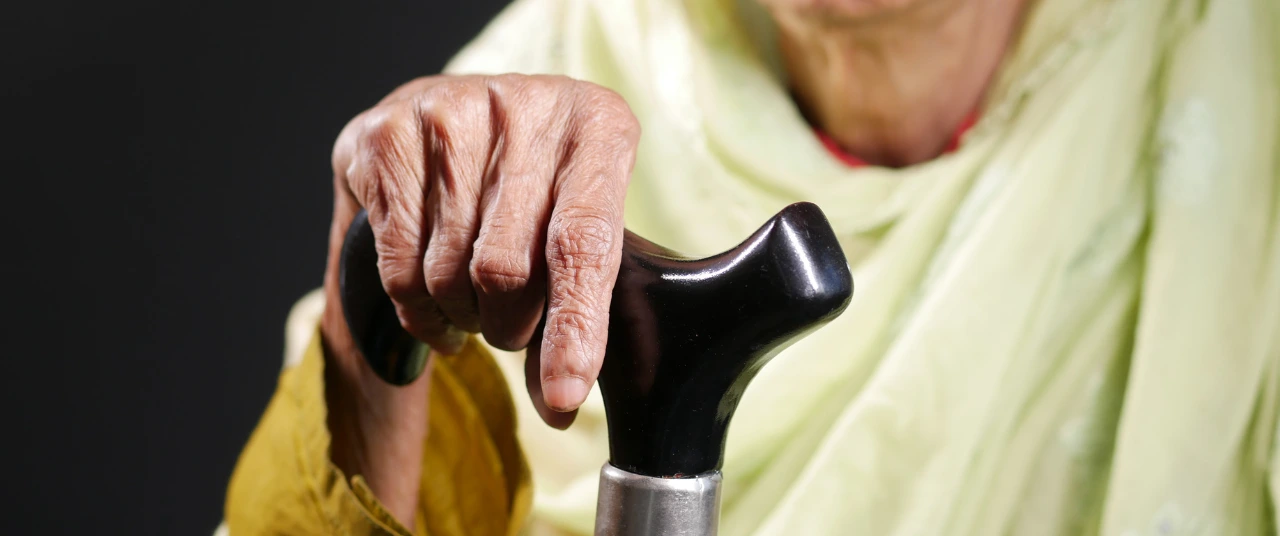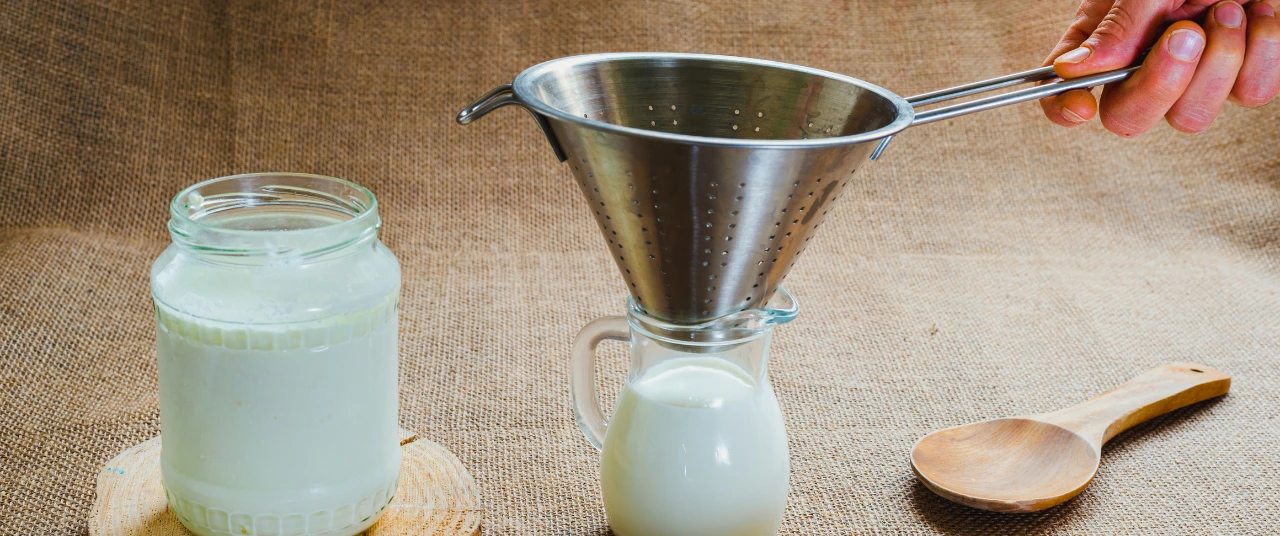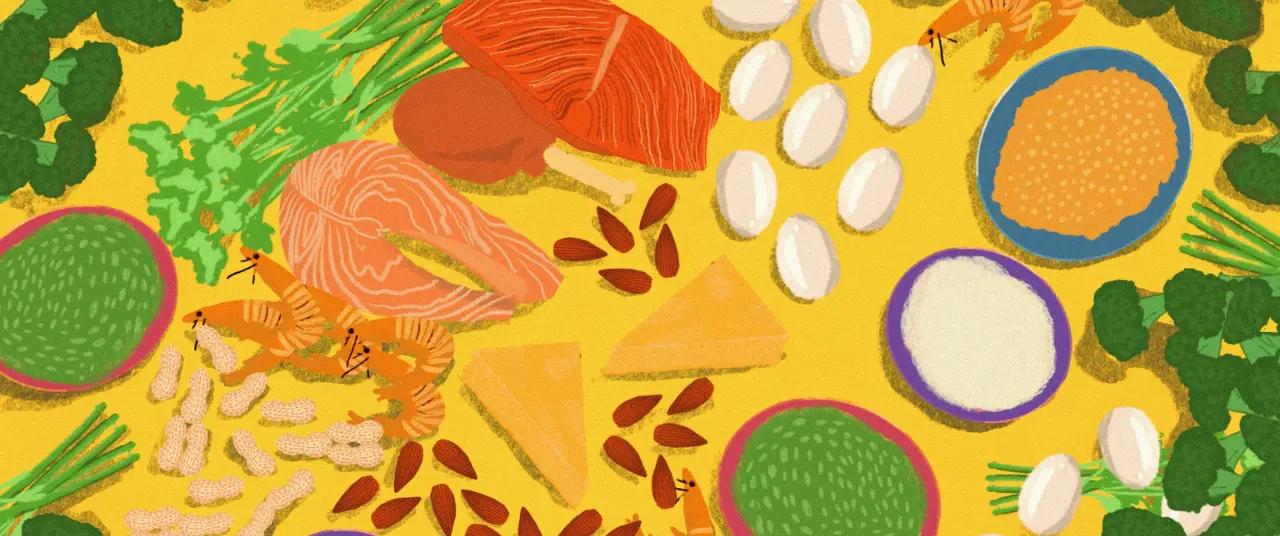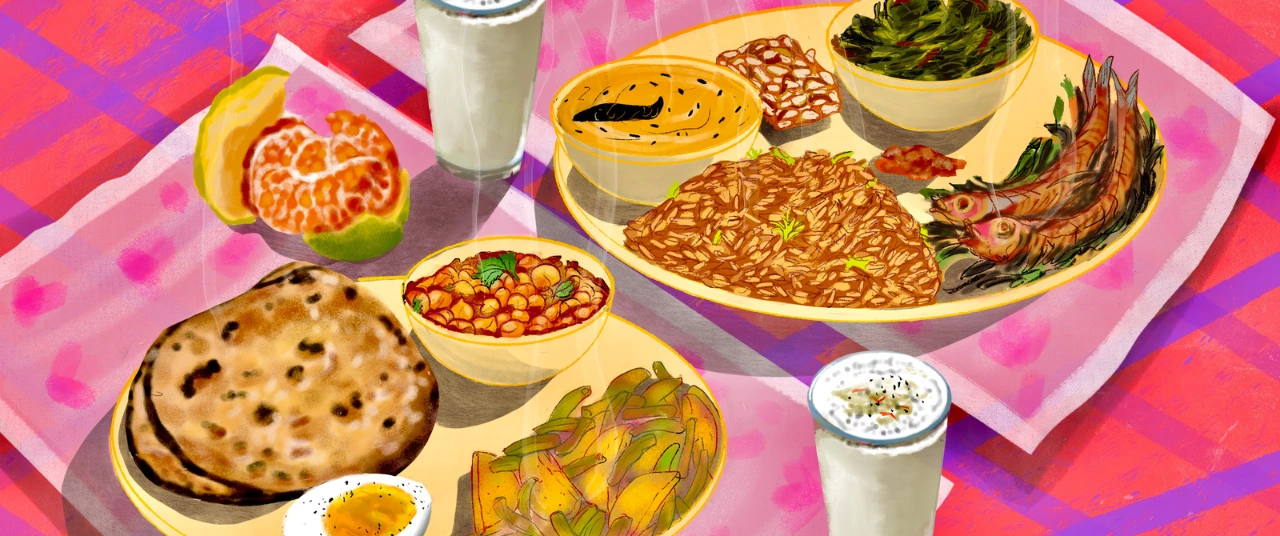A spoonful of sugar is making this essential tool against dehydration go wrong. One doctor is determined to stop it.






From first aid, to CPR, to breastfeeding, to Oral Rehydration Solutions (ORS), Dr. Sivaranjani Santosh has ignited a change in the minds of parents by busting common paediatric myths that often do the rounds. Her manner is known to be sensible and calm, but she is equal parts fearless as she (publicly) calls out influencers who spread misinformation—not out of malice, but because she knows how inaccurate tips and advice can impact one’s health.
In the process, she has garnered over 452K followers on Instagram, but Dr. Sivaranjani is more than the storms she stirs on social media. A paediatrician with over two decades of experience, she began her career in hospitals where she was involved in neonatal care. Eventually, she shifted to independent consultations at her clinic at Magna Centres, Hyderabad, carefully moving her focus to preventative paediatrics: teaching good practices and accident prevention to parents, who could then minimise visits to doctors.
In 2018, one of her patients asked her if she can give her son ORSL when he is dehydrated. “It is ORS only, no? Give,” Dr. Sivaranjani replied. A few days later, the child was hospitalised, and the doctor faced with a puzzling question: how did her patient get so dehydrated despite drinking ORS, a solution specifically made for rehydration? When she asked to see the packet, she realised this product was not ORS—it had 10 times the sugar that ORS should! This shocking discovery became the basis of her fight against misleading ORS labels—a fight that has lasted eight years, and is now tantalisingly close to resolution.
The origins of ORS: a brief history
The invention of ORS was premised on the sodium glucose co-transporter. Essentially, this method uses osmosis to hydrate our body. “ORS has exactly 75 millimoles per litre of both sodium and glucose. This is because one ion of sodium and one molecule of glucose will work together to drag water from the gut into the bloodstream using the sodium glucose co-transporter, where the body can utilise it,” Dr. Sivaranjani explains.
Dehydration is no ordinary matter; diarrhoeal diseases have historically been a major cause of child mortality, and continue to be the third-largest cause of death for children under 5 years of age worldwide. Every year, 1 to 3 lakh children die due to diarrhoea in India, Dr. Sivaranjani informs. It is something paediatricians continue to see in their clinics regularly, and they are deeply engaged in mitigating it. Irrespective of the cause, the resultant dehydration makes it deadly, because it robs our body of water and essential salts.
Symptomatically, it presents itself in the form of irritability, drowsiness, decreased urine output, sunken and dry eyes, dry mouth, and decreased skin turgor (elasticity). Slowly, the blood pressure of the individual falls, and multi-organ dysfunction may occur. Internally, it impairs organ function. Diarrhoeal dehydration is especially bad for us because the pace at which water and minerals are expelled is far greater, and the body’s timeframe to respond is shorter. The kidneys, particularly, are put under stress, and recurring dehydration has been linked with renal damage. In adults, this risk tends to be the greatest for diabetics and kidney patients. Children have a far lower threshold for fluid loss, making them especially vulnerable. A disproportionate number of these deaths continue to come from lower or lower-middle income countries, driven by contaminated water and poor sanitation.
The origins of ORS are an important reminder that it is a life-saving drug, and has been one since the very beginning.
Back in the 1960s, the disease was far more deadly; children would routinely die of cholera, dysentery, and other diarrhoeal diseases. The worst part is, these diseases were preventable and treatable even then, but the only way that doctors knew how to was through the intravenous (IV) fluid therapy. This required imported, breakable materials (like needles and glass bottles) and trained personnel to administer it. It was not a practical solution for a disease that spread like a wildfire.
Many scientists sought less-intensive solutions, and in 1953, Calcutta-based doctor Hemendra Nath Chatterjee even published a proposed formula for an oral rehydration solution in The Lancet. However, his findings did not capture the public imagination. It would take two decades, a war, and a quick-thinking Bengali paediatrician to do that. It was 1971, and a violent conflict was underway—one that would eventually lead to the genesis of Bangladesh. Refugees poured into India from the border; they would have to live in cramped unsanitary camps where they starved, contracted cholera and succumbed to it.
At this time, Dr. Dilip Mahalanabis was at the frontlines, working with Calcutta’s Johns Hopkins University International Centre for Medical Research and Training (JH-CMRT). Johns Hopkins sent a team to Bangaon, a municipality close to the India-and-erstwhile-East-Pakistan border, where Dr. Mahalanabis and his team were assigned with treating cholera-ridden patients.
It was immediately clear that there were not enough IV fluids, nor enough doctors to administer them. In a moment of inspiration, Dr. Mahalanabis turned to easily available ingredients—sodium, glucose, and bicarbonate—to prepare an easy-to-administer solution. The results were astounding: the case fatality rate of cholera fell from 30% to 1%. The simplicity and sweeping success of this solution made it gain acceptance across the globe. The origins of ORS are an important reminder that it is a life-saving drug, and has been one since the very beginning.
The 1:1 ratio Dr. Mahalanabis devised helps the sodium and glucose work in tandem. If either amount increases, it results in osmosis of water in the opposite direction—from the bloodstream to the gut—and worsens dehydration. This is why the World Health Organization (WHO)-recommended formula is sacrosanct: when coupled with its associated instructions, it ensures rehydration. For instance, depending on the packet size, the amount of water required for the solution changes: India has a 4.1 g version of ORS to be emptied into 200 ml water, and a 20.5 g version that needs to be emptied in 1 litre of water.
That said, the ORS we drink today is not quite the same as the one prepared by Dr. Mahalanabis all those decades ago. In 1984, the WHO revised Dr. Mahalanabis’s formula, replacing sodium bicarbonate with trisodium citrate to improve its stability in hot and humid climates. It also added potassium chloride to the formula to replenish the body’s supply of both potassium ions. Subsequently, in 2003, it reduced the concentration of sodium and glucose in the solution, which further reduced vomiting, stools and cases requiring IV treatment.
Also read: Add crisis to cart: Why instant delivery and antibiotics don't mix
Regulatory loop
In this landscape, there has been an emergence of electrolyte-filled fruit juices in pharmacies, general stores and quick commerce platforms, whose names—cushioned by various prefixes and suffixes—sound eerily similar to ORS. Since they are mainly sold at chemist shops, people often mistake these juices to be ORS. They assume that they got more dehydrated in spite of having ORS; in reality, they got more dehydrated because of this supposed rehydrating solution, an imbalanced formulation of sodium and glucose. The average affected patient never realises what transpired, and the makers of the juices are never held accountable. The first of these products was launched in 2014; other brands caught on to this strategy by 2018, and some have released as recently as 2024. These products, spilling over into the lifestyle category, are still considered part of the Rs. 1000 crore ORS market.
Naturally, one might ask: is this even legal? Sadly, the answer is yes. These brands register their products with the Food Safety and Standards Authority of India (FSSAI) and not the Central Drugs Standard Control Organisation (CDSCO), since they are technically classified as beverages, not drugs. “What the FSSAI has to do is determine whether it is safe or not. That's all. There are regulations about the sugar level in any Tetra Pack drink. They have to check whether it meets those norms. They don't have to check whether it is the WHO-recommended formula ORS or not,” says Dr. Sivaranjani. The use of loopholes like this is what the paediatrician finds devious, and indicative of a disregard for patient safety.
In India, there is no law regulating the sale of non-medicinal items by chemists, and it is quite common for chemists to store FMCG products as well. FMCG companies have exploited this regulatory lacuna by incorporating sales at chemist shops as part of a larger strategy to build credibility, especially in health adjacent products. Another trust-building activity is through a massive media machinery, built on promotions by both celebrities and acclaimed medical professionals.
The fight
When Dr. Sivaranjani first realised what was happening, she started combating it by telling everyone about it—her patients, her peers, and through social media, the public at large. In January 2018, she started an Instagram channel, and by March 2018, she was on YouTube as well. She would also cover first aid and other basics of paediatrics in videos—speaking in both Telugu and English.
However, at some point, Dr. Sivaranjani realised that making people aware was only one half of the task; convincing regulators to take action was the other half. In 2021, she started writing to the CDSCO. Though they first asked her for proof documentation, they eventually directed her to the FSSAI since these products were registered under the FSSAI, and not CDSCO. Dr. Sivaranjani wrote to the FSSAI regularly to no avail; she started writing to the central health ministry too, simultaneously. This paid off, and finally in early 2022, the central health ministry directed the FSSAI to look into it. In April 2022, the FSSAI released an order terming the use of ORS-like terms in fruit beverages as ‘Misbranded Food’ and banned the use of such terms in labels and advertisements. Naturally, these companies didn’t want to have to change their brand names—names they had poured money into building loyal consumers for. They argued that they had valid trademarks for these names, and the FSSAI yielded in July 2022, allowing them to retain trademarked ORS-like names, at least until the Controller General of Patents, Designs and Trade Marks (CGPDTM) reviewed their situation.
In this landscape, there has been an emergence of electrolyte-filled fruit juices in pharmacies, general stores and quick commerce platforms, whose names—cushioned by various prefixes and suffixes—sound eerily similar to ORS.
The only additional condition the FSSAI imposed was that these companies had to declare, on the front of the pack, that their product is not the WHO-recommended ORS. In February 2024, the Controller General upheld the FSSAI’s July 2022 order—the trademarked false ORS brands could stay as long as they made their disclaimers.
Dr. Sivaranjani explains why these disclaimers don’t work: “That disclaimer appears in such small print that nobody even bothers to read it. And they have continued their business everywhere—in all pharmacies, all hospitals, all clinics. Even ICU patients are being given these drinks.” Thanks to her personal outreach and social media presence, some hospitals have stopped keeping these beverages in their pharmacies, but these much-needed measures are coming from individual practitioners, not from the brands that are claiming to be committed to patient welfare.
The risk posed by mislabelled ORS is increasing because people are turning to it to mitigate not only diarrhoea-induced dehydration, but also heatwave-induced dehydration. The intense heatwaves India has experienced over the past few summers bear witness to this: last year, 6.8 lakh sachets of ORS were sold in the month of May alone; and this year, there was a Rs. 21 crore jump in earnings from ORS sales as early as March. Demand for the drug lasts well into the monsoon as water-borne diseases find prevalence. As extreme climate events increase, the reliance on ORS is only going to intensify.
“Once they reverted the order, what else could I do?” says Dr. Siavaranjani. “I had no other choice. I had to file a Public Interest Litigation in the Telangana High Court.” She moved the court to take action against authorities for failing to prosecute companies engaged in misleading labelling and advertising of ORS.
However, at some point, Dr. Sivaranjani realised that making people aware was only one half of the task; convincing regulators to take action was the other half.
This made her fight more public than ever. In March of 2024, on the day before her first court hearing, Dr. Sivaranjani put up a heartfelt post on Instagram about the despair that comes with a fight that gets dragged on for so long while the children of our country continue to suffer. She did not envisage the outpouring of support that one spontaneous post would create—but she is grateful for it. Many doctors online amplified the cause, and helped strengthen public support for Dr. Sivaranjani’s petition. But more importantly, they gave her the hope to keep going. “Many influencers and doctors are supporting [this cause]. People are supporting [it]. I’m feeling more empowered.”
In 2025, the Endocrine Society of India and Women Pediatricians Forum impleaded in her case, adding further to the soundness of the plea. The case, being heard by the Chief Justice of Telangana High Court, is still underway and has had only two hearings so far. In June 2025, she wrote once again to the Ministry of Health and Family Welfare and the Prime Minister's Office with proof about fruit beverages.
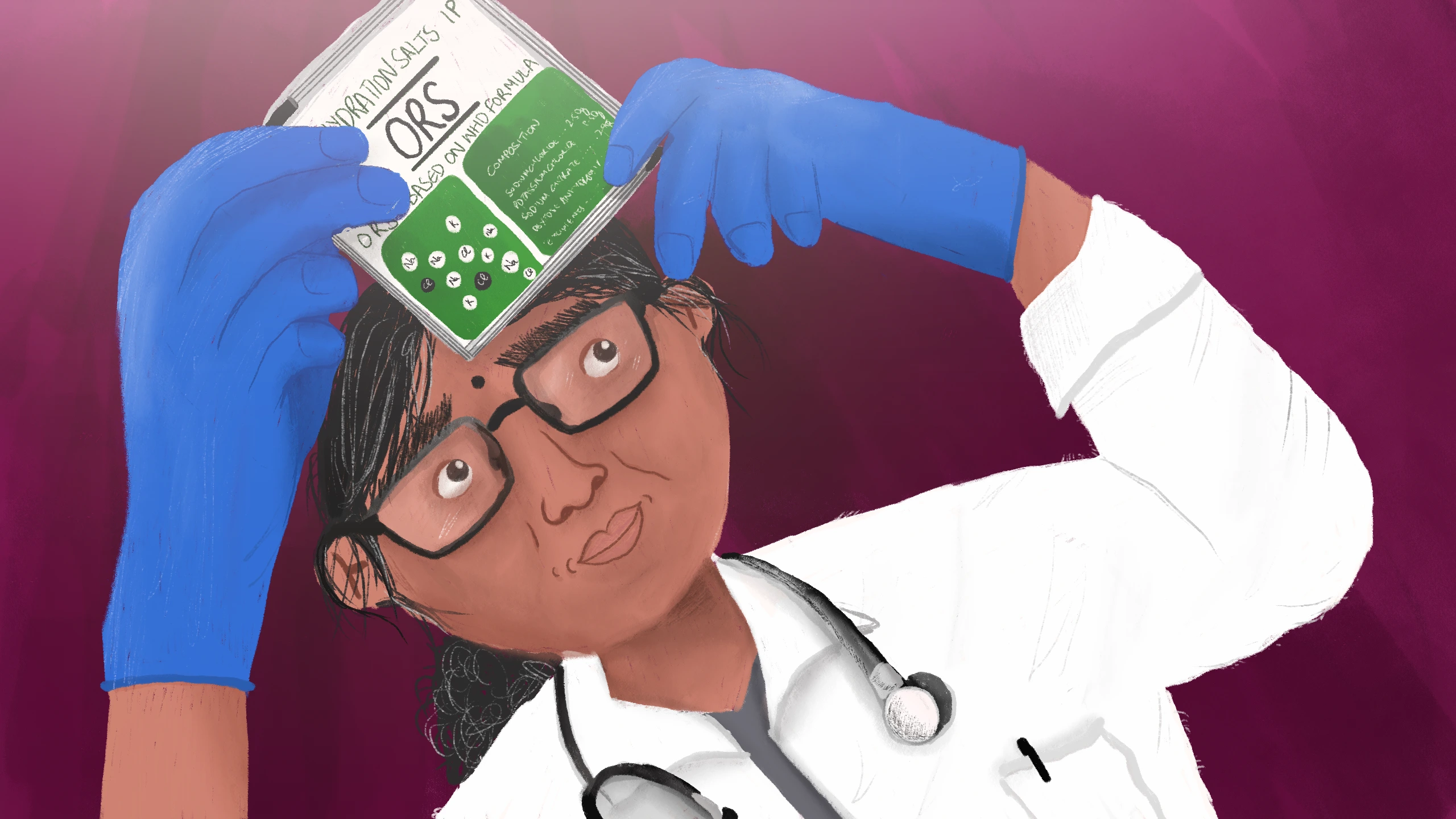
The last leg
Things took a turn on October 14, when the FSSAI withdrew the two previous orders which required these misleading brands to print disclaimers: July 2022 and February 2024. The next day, the FSSAI issued a clarification regarding the withdrawal, asserting that the use of the term ORS, even with prefixes or suffixes, is in violation of the Food Safety and Standards Act, counts as a misleading label, and is liable for punishment accordingly with immediate effect.
On 16 October, JNTL Consumer Health (India) Pvt. Ltd, which manufactures ORSL, approached the Delhi High Court, arguing that this order was too sudden, revoked prior permissions the company had secured, and would cause significant commercial loss given the company’s unsold stock amounting to Rs.155-180 crores. On 17 October, the Delhi High Court stayed the FSSAI order, asserting that JNTL had the right to present its side, and gave the company a week to make its representation on the matter. Justice Sachin Datta stressed that FSSAI cannot implement its directive till the company is given adequate opportunity of hearing. After giving these directions, the Delhi High Court disposed of the petition, leaving the final decision up to the FSSAI.
Over the past week, there has been public outrage at the continued sales of these beverages.
Nothing was heard from the FSSAI. It is unknown if JNTL made its representation or not. But Dr. Sivaranjani says that regardless of whether the representation was made, the FSSAI should have acted. “Either JNTL gave a representation and the FSSAI should have given its decision saying they are implementing the order of 14 and 15 October. If JNTL did not give a representation within the stipulated time, they should have gone ahead and implemented the order,” she said.
Over the past week, there has been public outrage at the continued sales of these beverages. However, zonal officers claim powerlessness in stopping sales until directives come from the Centre. In a Times of India report, additional safety controller, FSSAI (Telangana) P Dharmender, confirmed that they had served notices to these companies to stop production, but until they receive new directions from the FSSAI headquarters in New Delhi, they cannot enforce the ban.
In the meantime, Dr. Sivaranjani urges consumers to let their actions speak. “Boycott these companies and pharmacies if they try to push these liquids into the bodies of our children," she said on her social media account.
Despite these twists and turns, the doctor’s spirits remain bolstered thanks to public support: “I have faith that yes, maybe it will happen. Though the road still looks a little long, I think we will reach the end.”
Artwork by Nayanika Chatterjee
Also read: How drug-resistant tuberculosis is bringing life to a halt in India
Edited by Neerja Deodhar and Anushka Mukherjee
{{quiz}}
Explore other topics
References

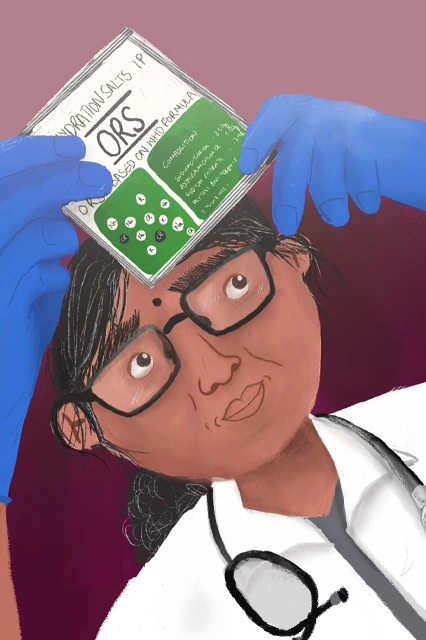

.avif)

